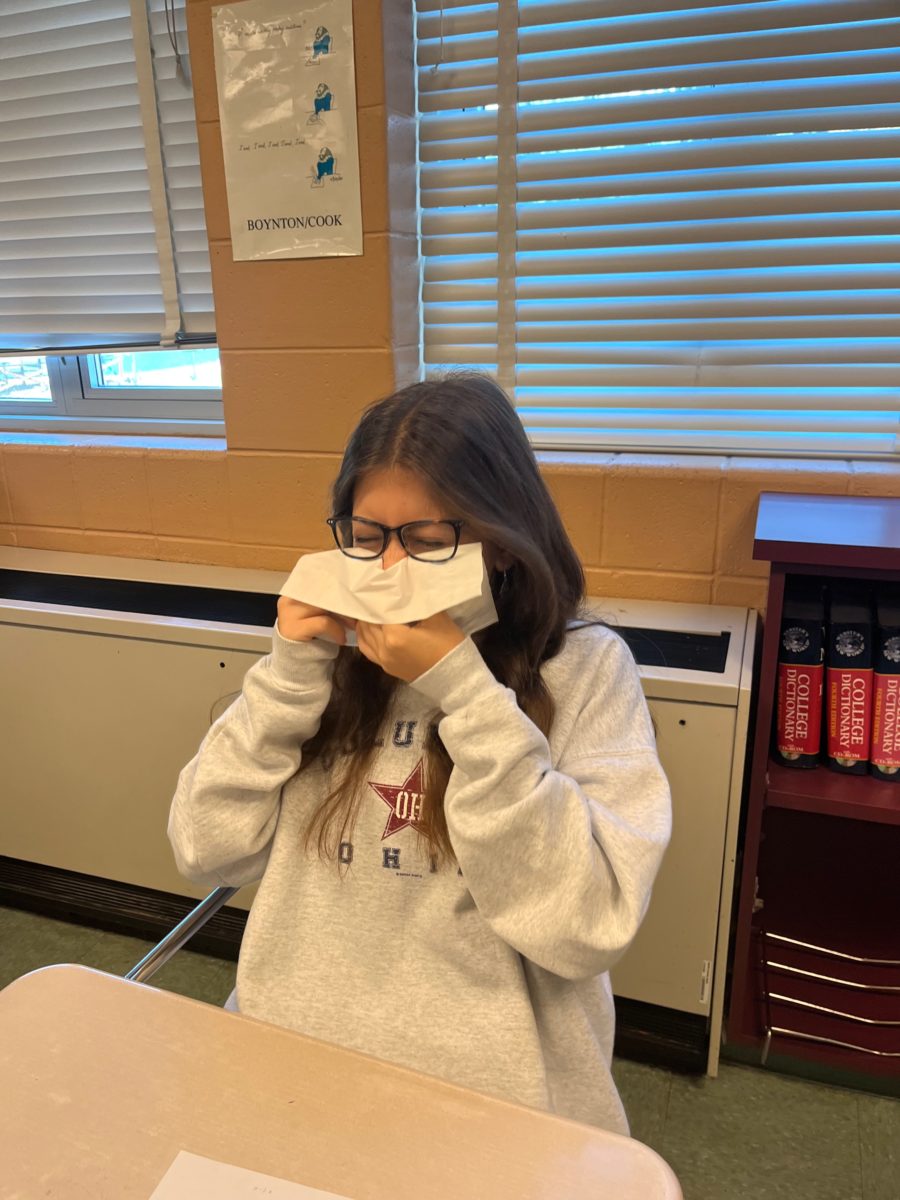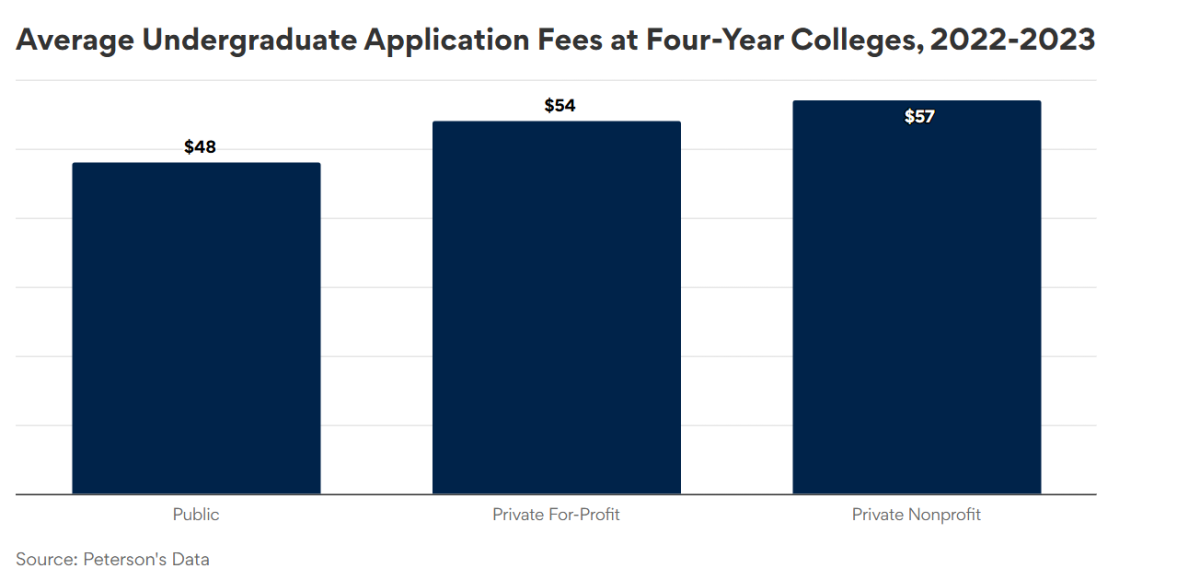It seems like everywhere you look at school, someone is coughing or sneezing. Students across all grade levels have contracted colds but don’t feel comfortable being absent.
Between a seven-hour school day, sports practices and extracurriculars, jobs, hours of homework, and other responsibilities, it is next to impossible to get everything done, let alone get enough sleep. On top of that, students run out the door in the morning, often with a breakfast of low nutritional value, if at all.
When a student isn’t adequately rested or nourished, their immune system is more susceptible to illness. When students are sick, the close proximity of students in the hallways or classes causes illness to spread. It is reasonable that students will inevitably be ‘under the weather’ now and then, but then why do they still come to school?
Regardless of illness, students often show up “because they feel an extreme amount of pressure to keep up with schoolwork, and often coming to school sick feels easier than catching up with seven classes when you return,” English teacher Melanie Moomau said.
This “school cold” usually lasts around five days, but for some, it could linger longer. It includes a runny nose, coughing and a sore throat, yet students still don’t feel comfortable missing class. “Even on my most sick and miserable days, I am still scared to miss even a half of a day of school due to all the work I would miss,” sophomore Leila Alam said.
The reality that students feel as though they should come to school in spite of illness is a greater issue that speaks to the intensity of this school because coming to school sick is in no way good for a student’s well-being. It is challenging enough to make it through an academically demanding day, on top of that, not feeling well is the last thing students need. Moreover, when students who are ‘under the weather’ attend classes, they not only will potentially spread illness but also “will not be able to learn to the best of their abilities and it could potentially make them more sick by not getting the rest they need,” freshman Sofia Skilas said.
In order to combat this, schools need to encourage students to stay home when they’re sick. They can urge students to do this “by hanging up posters around the school or involving it in a Wellness Wednesday lesson,” Skilas said.
Teachers also have a role to play in making students feel comfortable staying home and taking well-deserved breaks by “posting assignments to Canvas, keeping a clear digital schedule of what was done in classes so that students who are out, especially for an extended amount of time, have an easy way to see what they missed,” Moomau said.
When students contract an illness and are absent, it’s best to take the time needed to rest but when they are up for it, check Canvas. Additionally, “it’s a good idea to have a resource friend in a class to check in [with],” Moomau said.







![Editors-in-Chief Ahmed Ibrahim, Helen Manolis, Cameron Cowen, Alex Grainger, Emory Scofield, Hayley Gottesman, Rebekah Buchman and Marley Hoffman create the first print magazine of the year during the October press days. “Only a quarter of the schools in MCPS have programs that are like ours, a thriving, robust program. That makes me really sad. This is not just good for [the student journalists] to be doing this, it’s good for the entire community. What [student journalists] provide to the community is a faith in journalism and that continues for their lifetimes," Starr said.](https://woottoncommonsense.com/wp-content/uploads/2025/10/wmpoFTZkCPiVA3YXA4tnGoSsZ4KmnKYBIfr18p3l-900x1200.jpg)

